The 1970s were great in so many ways — Led Zeppelin, streaking, Saturday morning cartoons — but so many things from the decade have aged so poorly that one can only conclude that the 1970s are perhaps America’s ugliest decade. Imagine poet collars, chops, and tinted eyeglasses. Or look at the people who played on this LP (two of whom were somewhat famous or would find fame later) and then imagine how this was only 1970 there was plenty of time for the decade to get uglier.
That ugliness expanded into colors. Earth tones were the trend towards the end of the 1960s and well into the 1970s. The strict definition is “any color containing some brown,” but Earth tones also included natural colors veering into green, yellow and orange. Generally speaking, greens of the period have not aged well, so let’s focus on a subjective list of greens from the era that haven’t been hit by the ugly stick to contemporary eyes.
So, without much further ado, open your eyes to these good greens:
Racing Green
To these eyes, Chrysler seems to have both co-opted the truly awful greens as well as exploited some of the best of the era. However, the good ones (like Dodge’s F6 Bright Green/Plymouth’s 999 Rallye Green and FJ5 Sublime/Limelight) are not quite Earth tones, so they don’t make the cut. But there’s gotta be some green that Chrysler used that isn’t a turn-off, yes?
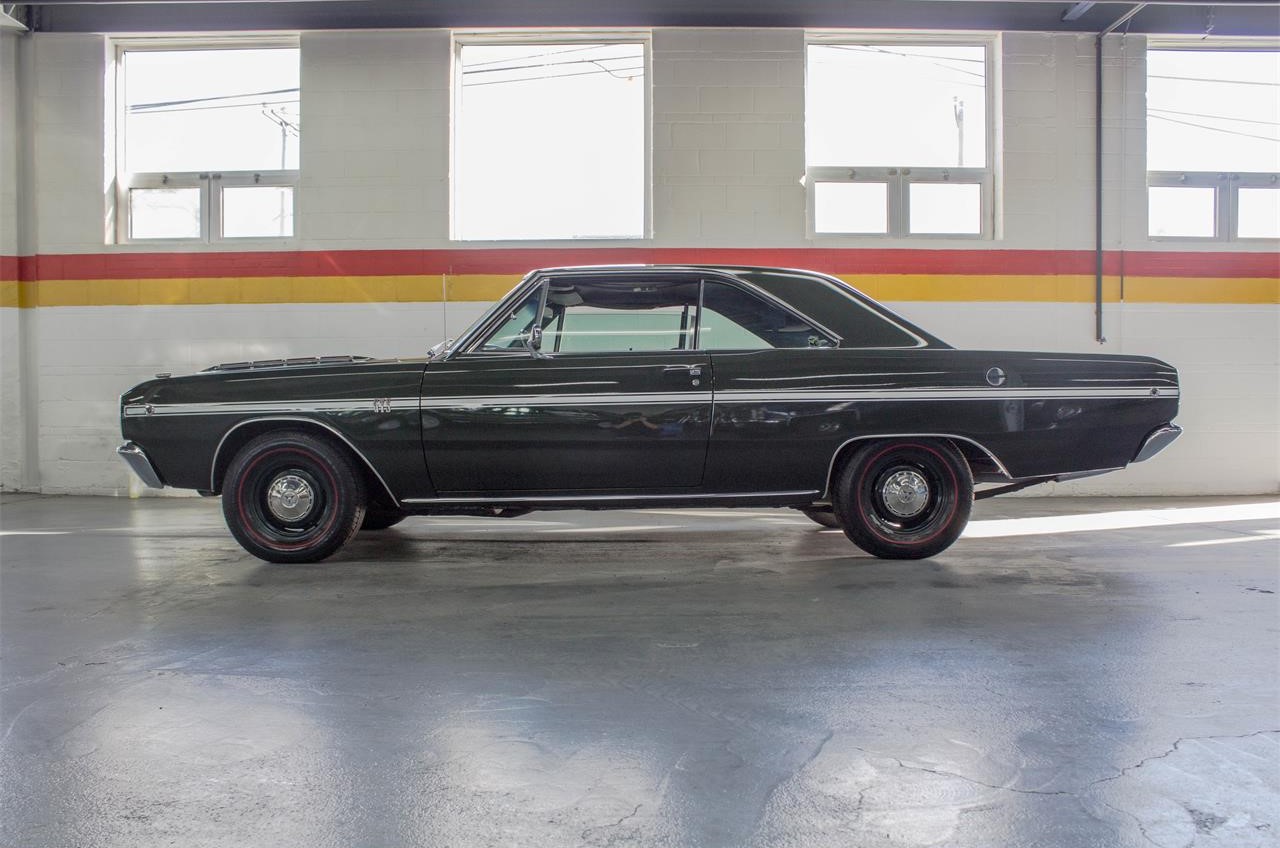
So, feast your eyes on Racing Green (Dodge) or Dark Green (Plymouth), a 1968 color that adorned many a Mopar flank. Certainly it has a British racing green aura to it, innit? Compare it to the typical Mopar dark green popular in 1969-70 (F8, first introduced mid-year 1968 on the Dodge Charger) and you’ll notice this one doesn’t suffer from the twist of avocado that many of the ugly ones do.
Brewster Green
General Motors has had its green issues, but not as bad as Chrysler, I think. While Pontiac fans are very familiar with Verdoro Green (a color derived from an ashtray seen at a Detroit party), it’s somewhat the antithesis of this story. Nineteen-seventy’s Pepper Green was your average dark green metallic, with Wilderness Green from 1971-72 a similar hue that’s inoffensive, but few people’s favorite. That all changed with 1973’s Brewster Green.
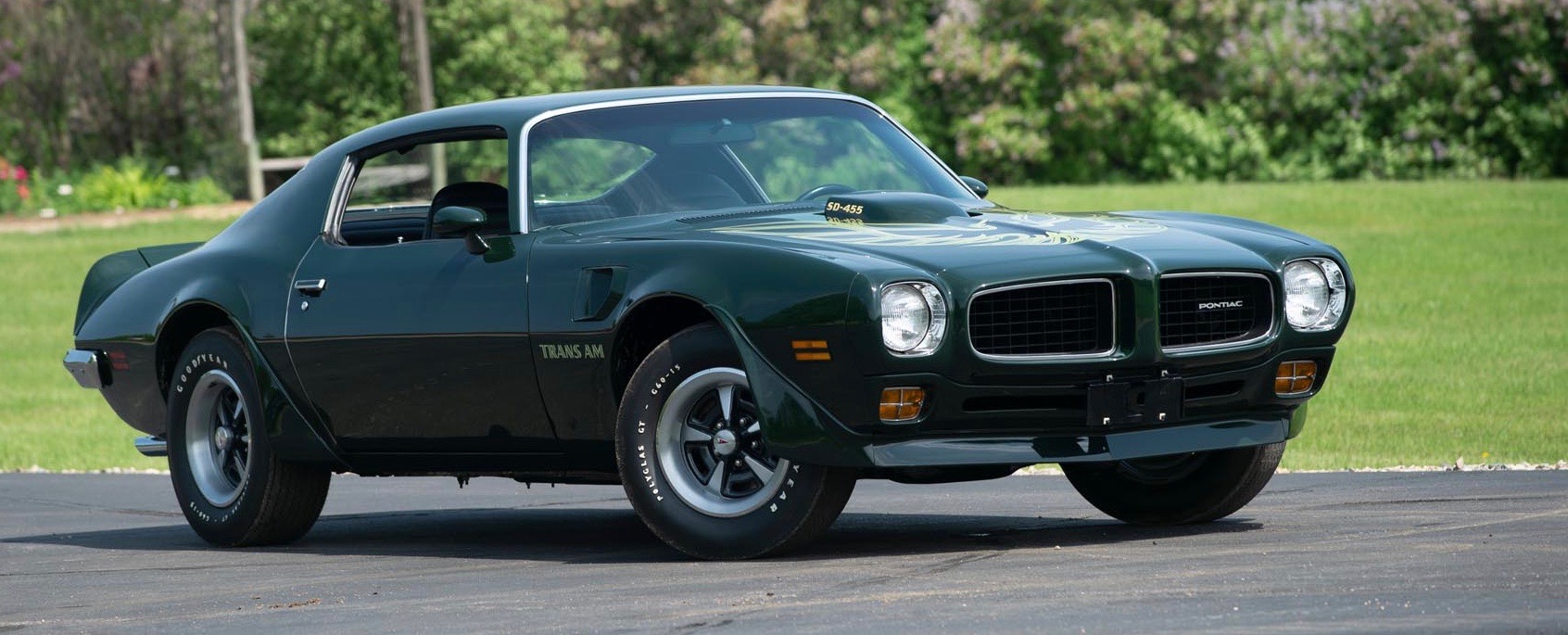
Also known as Midnight Green on some other GM cars, it’s a dark green that appears to see the sunny side of life. Perhaps the biggest distinction with Brewster Green is that, out of the three colors available for the 1973 Trans Am (the other two being Cameo White and Buccaneer Red), it is the one with the most cache and value. A Super Duty 455 Trans Am with a 4-speed in this color is the ultimate for Pontiac fans.

Black Jade
Available for 1969 Fords (and named Dark Ivy Green for Mercury and Lincoln models), this is a dark green that looks somewhat black under mild light but, with sunlight, the green exhibits a slight gold sheen. It was a very popular color back in the day, which makes us lucky because it doesn’t induce queasiness.
It’s also a popular color for 1969 Boss 429s. This model was only available in Wimbledon White, Raven Black, Candyapple Red, Royal Maroon and Black Jade, and being a dark green hasn’t affected collectability ($473,000 for the car in the link) the way other greens have. That’s an endorsement of green that rarely exists in the era.
Nightshade Green
This is a dark metallic green that possibly may have a hint of blue (please confirm, graphic designers!), yet it is not an aquamarine. Other GM brands called it Sequoia Green, Juneau Gray, and Charcoal, if that gives you a clue to the direction in which this green veers.
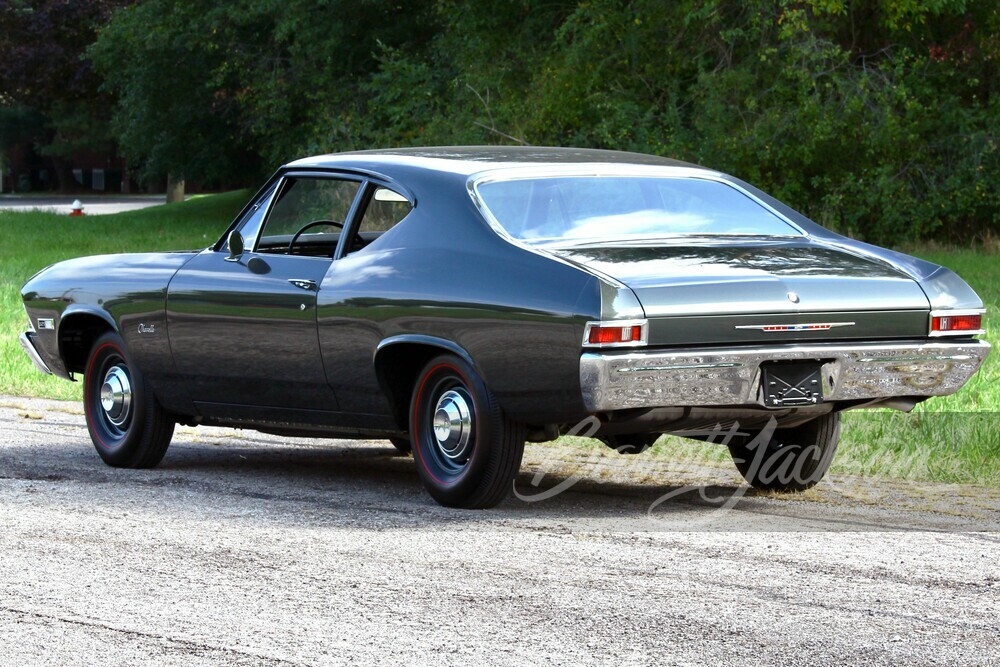
True story: a classmate of mine in elementary school had a 1968 GTO convertible his dad bought new and, for years, I thought it was black and red. Fast forward to a 2010 school reunion and I discovered it was actually Nightshade Green with a red interior, which sounds kinda funky but it worked well if you like Christmas. Apparently, his mother suggested the combination, which doesn’t elicit a second look on my kid’s Yoda pajamas but, if you read about a green and red car, it’s almost impossible to resist scratching your head. Trust me — it works, and works nicely.
Highland Green
It’s possible there’s nothing special about this color, even among tolerable (if not great) greens. It’s certainly not offensive to most eyes, in my estimation. Highland Green (and Augusta Green for Mercury and Grenoble Green for Lincoln models) appears as a pretty basic green and lacks the yellow and brown that some of the uglier greens have. But is that enough to make the list?
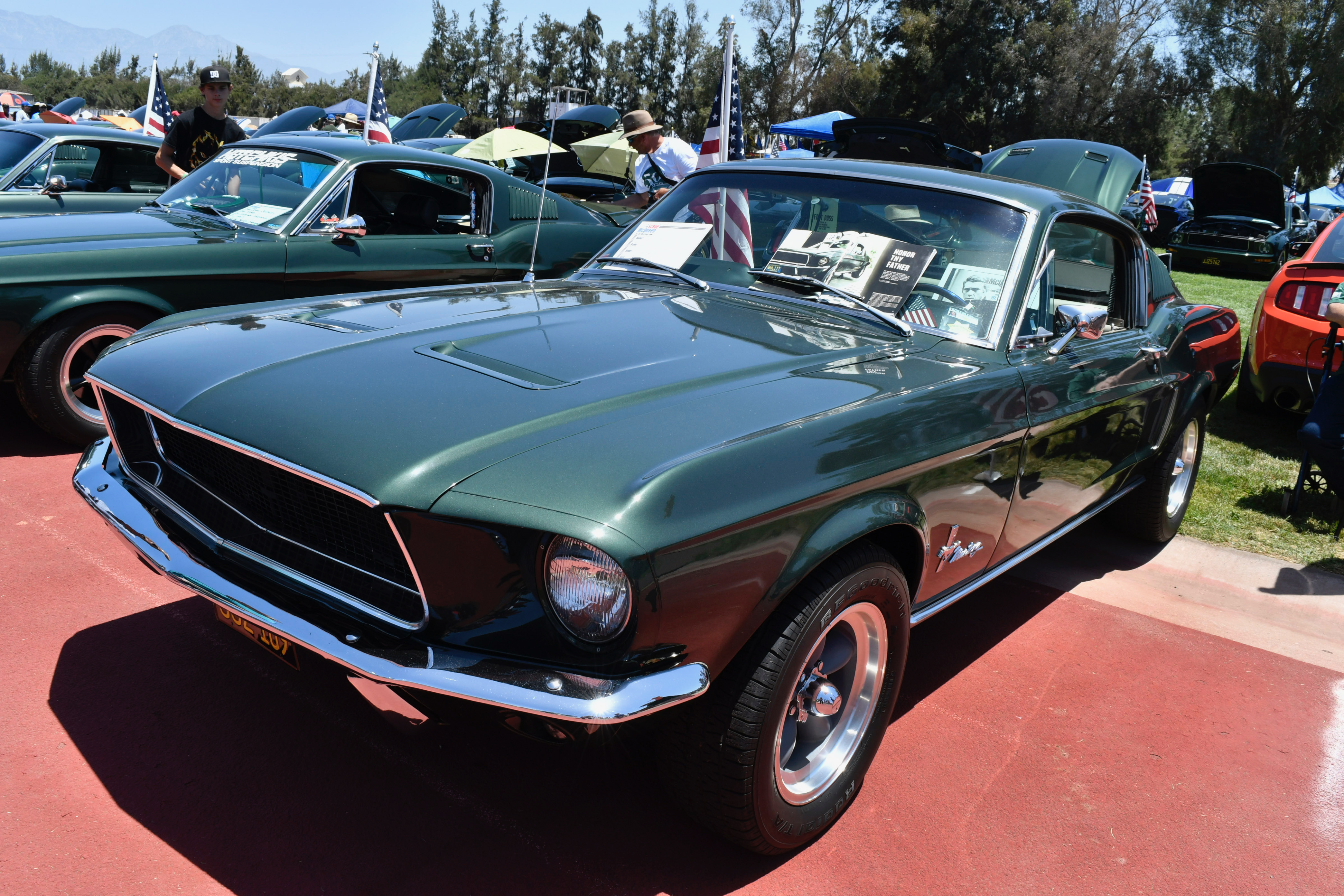
Yet when it’s the color of the Mustang Steve McQueen drove in Bullitt¸ it better make the list. Imagine if the Dukes of Hazard Charger was painted one of the uglier Mopar colors — would we be waxing poetic on those greens? Highland Green doesn’t suffer from this fate, so it joins the list. When a Ford guy buys a Highland Green car, he or she isn’t motivated to paint it red like other greens. Whether that’s a testament to the McQueen movie, part of Ford culture or just because it’s a good green, I can’t say.
Any greens not on this list worthy of mention? Tell us!



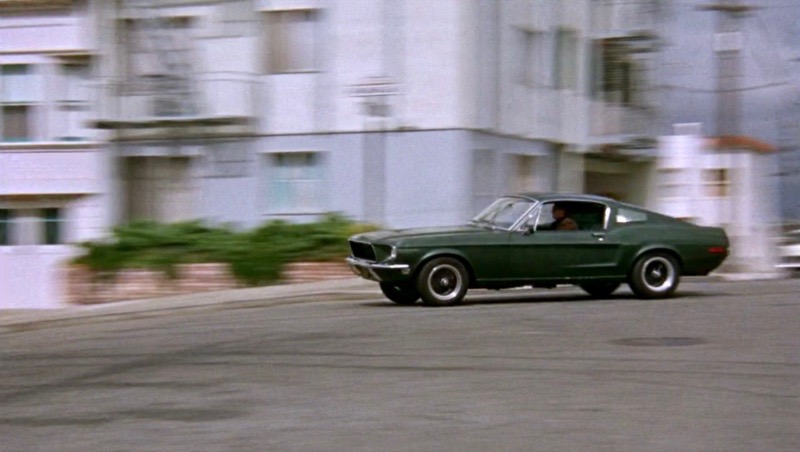


My 1937 Buick Special has the original “Coronary Green” paint. No one has been able to tell me the origin for that name.
Cardio-green is an indocyanine green dye used by cardiac surgeons. An intracoronary injection of the dye helps in the evaluation of coronary circulation and myocardial toxicity.
Let’s have more green muscle articles!! Kudos!
GREEN is my favorite color. So it’s no shock that, on my wish list,
is a deep green (forest?) ’67 GTO hardtop.
Had a 67 Corvette convert in Goodwood green with a saddle tan interior. Beautiful combination back then.
Wow, how about GM silver green, and blue green poly off 70’s Corvettes and Synergy green off the Camaro. And who can forget Mopar’s SUBLIME GREEN!
Sublime was not included because it’s not an Earth tone in the way the other greens are.
Black Jade is the only green here that I like.
My 1969 Mercury Cougar Xr7 convertible was originally painted Dark Ivy Green Metallic (Ford’s Black Jade), but a previous owner painted it red.
I plan to change it back since I think it looks cool. Thanks for the link to that Cougar auction car!